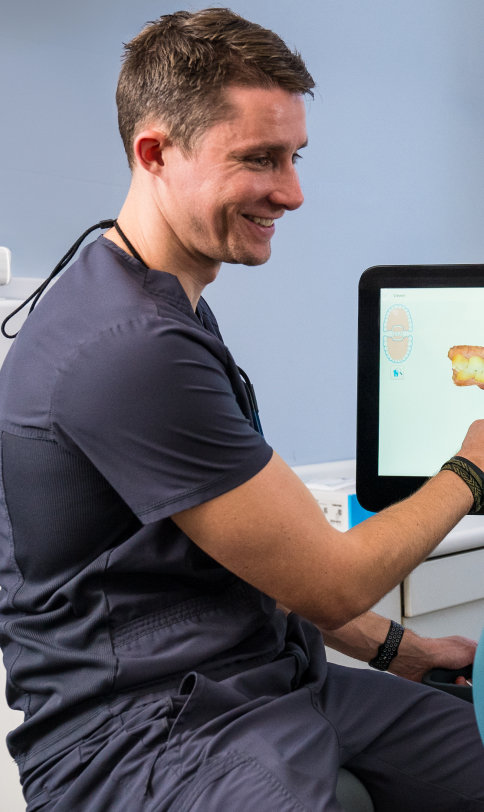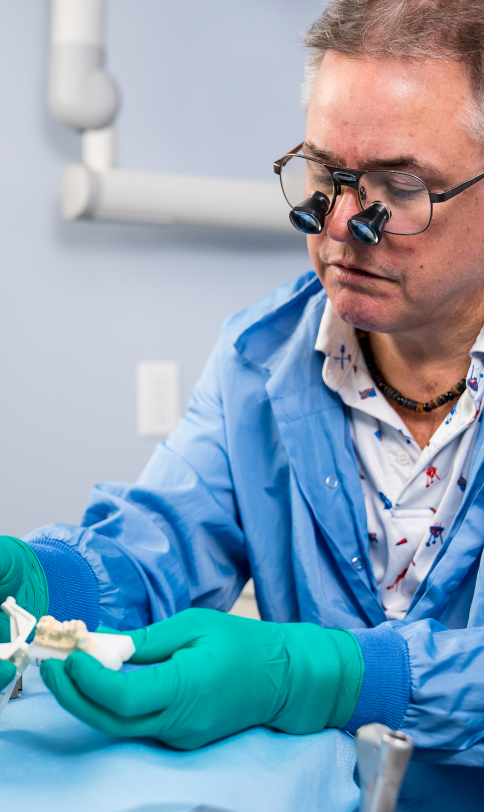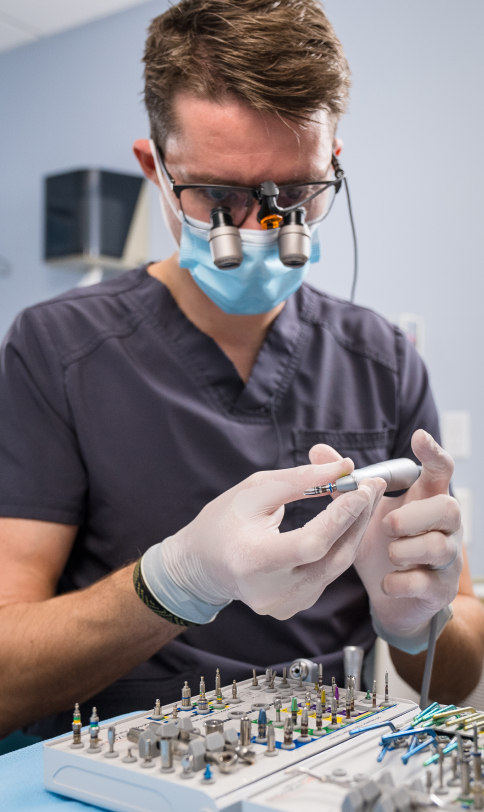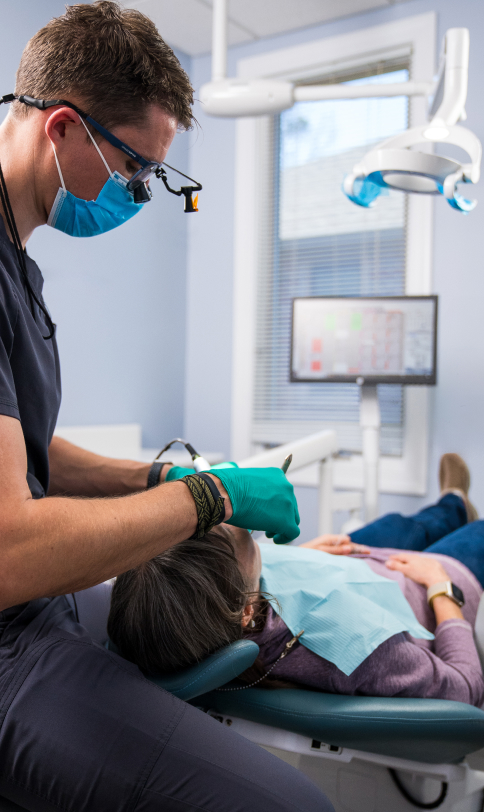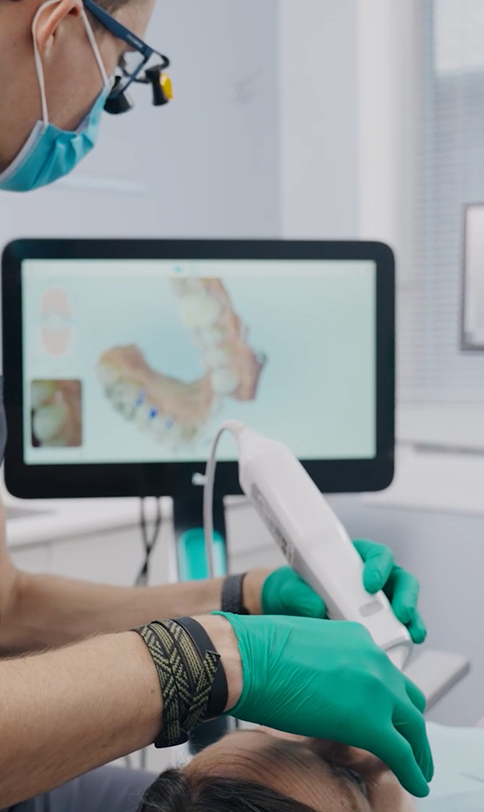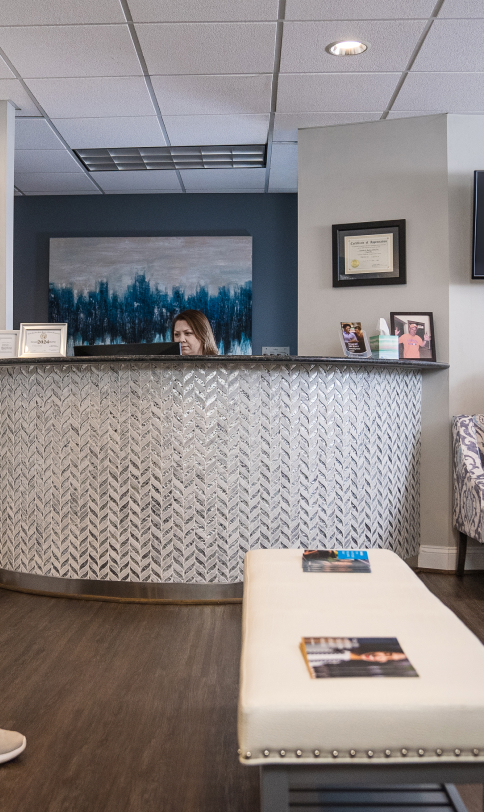When correcting bite problems like overbites, many people wonder if Invisalign can help. Invisalign is a popular teeth-straightening system that uses clear aligners to shift teeth into proper alignment. But can Invisalign fix bite issues such as overbites, underbites, crossbites, and open bites? The short answer is yes! This blog will explore how Invisalign works to correct bite problems and why any invisalign dentist considers it a viable option for many patients. Let’s dive in.
What Is an Overbite?
An overbite is a type of malocclusion in which the upper front teeth extend over the lower front teeth. This condition can lead to discomfort, jaw pain, and difficulty chewing. Overbites are common, and many people choose braces or Invisalign to correct them.
How Does Invisalign Work?
Invisalign uses a series of clear, custom-made aligners to move your teeth gradually into the desired position. Each aligner is worn for about two weeks, and any invisalign dentist in Cary replaces it with the next set in the series. The aligners are discreet and comfortable, making them an appealing choice for many people looking to correct bite issues.
Can Invisalign Fix an Overbite?
Yes, Invisalign can fix overbites in many cases. The aligners work by gently shifting the teeth into proper alignment. Regular use allows Invisalign to help realign the upper and lower teeth to meet correctly.
Your Invisalign dentist will create a treatment plan tailored to your specific needs. Depending on the severity of your overbite, the process may take anywhere from a few months to over a year. Regular check-ups will help ensure that your treatment is progressing as expected.
Invisalign for Other Bite Problems
In addition to overbites, Invisalign can also treat other bite problems, such as:
1. Underbite
An underbite occurs when the lower teeth overlap the upper teeth. Invisalign aligners can shift the teeth into a proper bite alignment, fixing underbites over time.
2. Crossbite
A crossbite happens when some upper teeth sit inside your lower teeth. Invisalign can correct this misalignment by gradually moving your teeth into a better position.
3. Open Bite
An open bite occurs when your upper and lower teeth don’t touch when you bite down. Invisalign can help by shifting your teeth into the correct position so they come together correctly.
Why Choose Invisalign for Bite Problems?
There are several reasons why Invisalign is a preferred option for correcting bite problems:
1. Comfort
Invisalign aligners are made from smooth plastic, which makes them more comfortable than traditional metal braces. They don’t irritate the gums or mouth.
2. Aesthetic Appeal
Because Invisalign aligners are clear, they are less noticeable than metal braces. Many patients choose Invisalign to maintain their appearance during treatment.
3. Convenience
Unlike traditional braces, Invisalign aligners can be removed for eating, drinking, and brushing. This makes it easier to maintain good oral hygiene throughout your treatment.
4. Fewer Visits to the Dentist
With Invisalign, you typically need fewer invisalign dentist visits than braces. You will need regular check-ups but won’t need adjustments every few weeks.
When Invisalign May Not Be Suitable
While Invisalign is effective for many patients, it may not be the best option for everyone. Severe bite problems may require more complex treatments like traditional braces or surgery. A consultation with an experienced Invisalign dentist can help determine if Invisalign is the right choice for your specific situation.
Correcting Overbites and Bite Issues with Invisalign
Invisalign is an excellent option for patients looking to correct bite problems like overbites, underbites, crossbites, and open bites. The clear aligners gradually shift teeth into proper alignment, offering a comfortable and discreet solution. If you’re dealing with a bite issue, consult an Invisalign dentist to explore the best treatment options. With the right plan, you can achieve a healthy, well-aligned smile.


